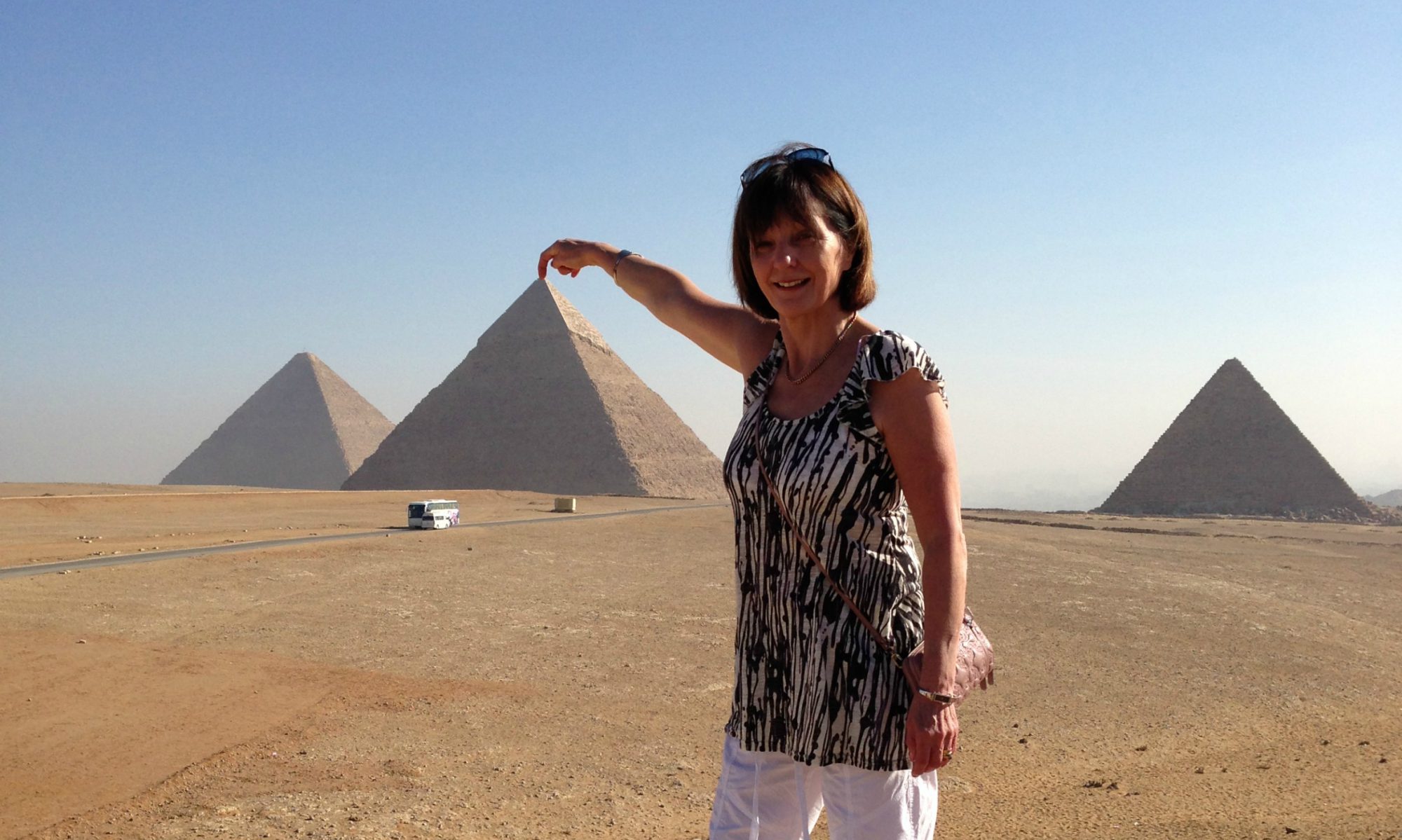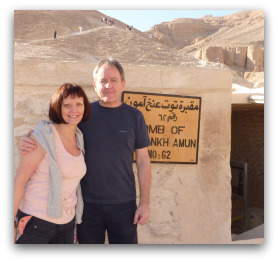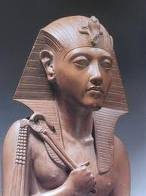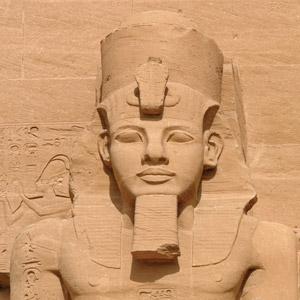I’m writing thus as I’m driving back from Abu Simbel across the desert. Each time we have cruised the Nile we put off visiting Abu Simbel for a variety of reasons. On this visit we were determined to go there and we were not disappointed.
Although it was an early start (4am!!) it didn’t seem so bad when the journey was underway. The drive is about 3 hours by air-conditioned coach across the desert from Aswan to Abu Simbel, about 160 miles. We could have flown but we quite fancied driving across the desert. We took our pillows from the hotel and a breakfast box that they provided and we were off. The cost by coach by the way was £85 each. I know it sounds a lot of money but it is in fact very good value and well worth it.

 Channel Five are repeating the excellent 4 part series, “Tutankhamun: The Mystery Revealed” tomorrow, Tuesday 22nd March. If you havent’ already seen it I can certainly recommend it. Especially if you are thinking of taking a
Channel Five are repeating the excellent 4 part series, “Tutankhamun: The Mystery Revealed” tomorrow, Tuesday 22nd March. If you havent’ already seen it I can certainly recommend it. Especially if you are thinking of taking a 
